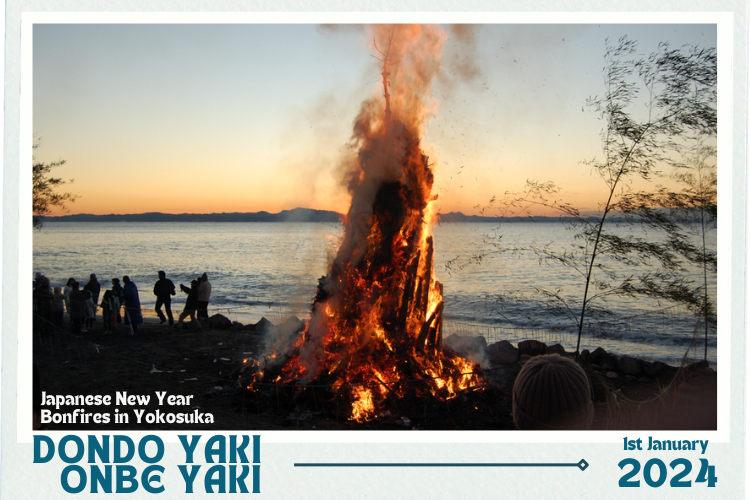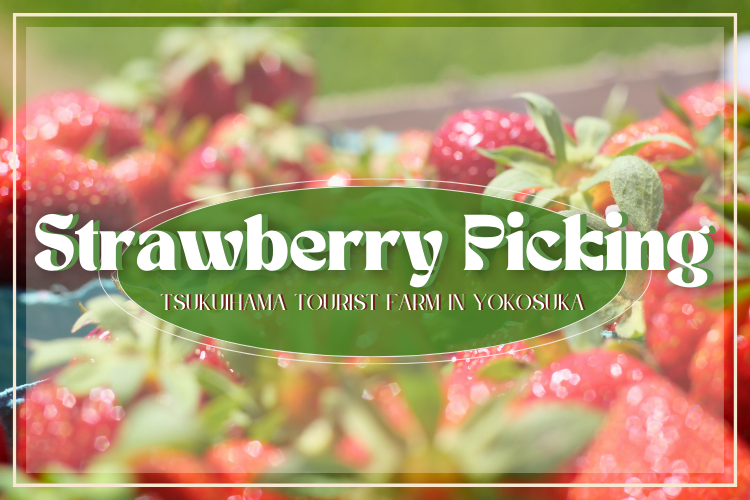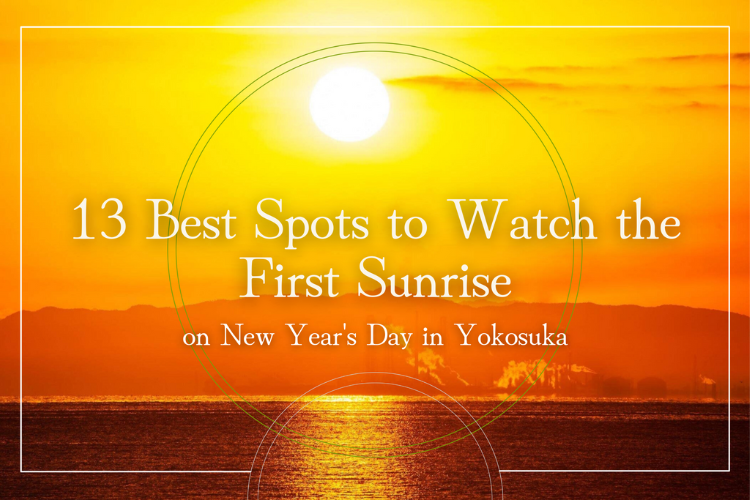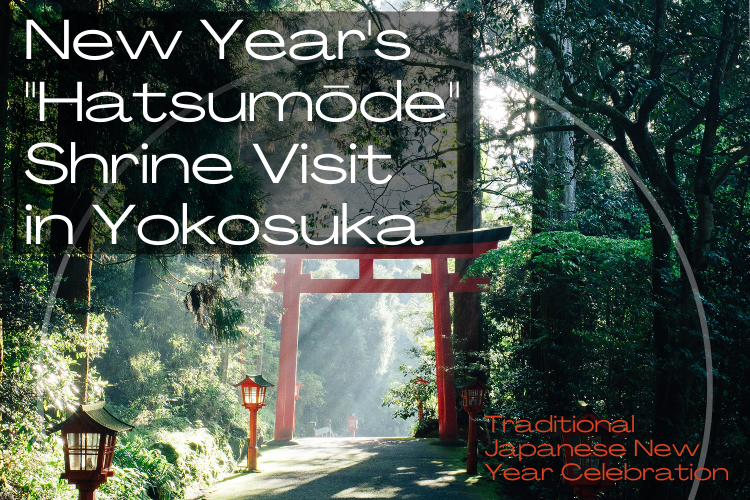Dondo-yaki/Onbe-yaki: Japanese New Year Bonfires in Yokosuka

Discover Dondo-yaki/Onbe-yaki: Japanese New Year Tradition Bonfires in Yokosuka. Observe the rituals of bidding farewell to the past year and welcoming the New Year. Explore the symbolic burning of sacred items, believed to purify and promote good health. This article provides information on where to participate, the history behind these traditions, and how to engage in these cultural festivities.
- Burning Traditions: Unveiling the Symbolism Behind Dondo-yaki and Onbe-yaki
- Why Different Names?: Unveiling Varied Titles for Onbe-yaki, Dondo-yaki, and More
- Origins of Dondo-yaki and Onbe-yaki in Muromachi Tradition
- Delicious Traditions of Dondo-yaki and Onbe-yaki
- Considerations for Participating in Dondo-yaki and Onbe-yaki
- Information on Onbe-yaki Events at Nagasawa Coast
- Information on Dondo-yaki Events at Kurihama Coast
- Building Community Ties: Rediscovering the Spirit of Neighborhood Gatherings
- You might also like:
Burning Traditions: Unveiling the Symbolism Behind Dondo-yaki and Onbe-yaki
The purpose of Onbe-yaki and Dondo-yaki is to celebrate the New Year and symbolically bid farewell to the Toshigami (New Year’s deity) by burning various items associated with the previous year. These traditional Japanese festivals involve the burning of materials like sacred ropes (Shime-nawa), New Year decorations, old charms (Omamori), and talismans in a ceremonial bonfire.

The act of burning these items is believed to purify and cleanse, ensuring a fresh start for the upcoming year. Additionally, being touched by the smoke and sparks of the bonfire is thought to bring about good health and domestic safety. The festivals also carry cultural and historical significance, reflecting ancient rituals and customs that have evolved over time. Overall, Onbe-yaki and Dondo-yaki serve as a communal way to welcome the New Year, express gratitude, and seek blessings for a prosperous and harmonious year ahead.
Why Different Names?: Unveiling Varied Titles for Onbe-yaki, Dondo-yaki, and More
The event is referred to by various names such as “Onbe-yaki,” “Dondo-yaki,” “Dondon-yaki,” “Donto-yaki,” “Saito-yaki,” and “Tondo-yaki.” However, in regions where the custom primarily centers around the worship of the Toshitoku deity, it is called by these names. It is believed that this tradition originated in the Izumo region.
Some literature associates “Tondo-yaki.” with firecrackers, possibly stemming from the use of the term as a phonetic representation due to the cracking sound produced when green bamboo is burned.

Origins of Dondo-yaki and Onbe-yaki in Muromachi Tradition
The origin of Dondo-yaki and Onbe-yaki can be traced back to the “Sangicho,” a ritual involving three bamboo staffs used in a ceremony called “Giccho” during the Muromachi period. Giccho involved striking a wooden ball with the bamboo staffs, and the ritual evolved into burning the staffs with attached paper fans to welcome the New Year and ward off misfortune. It is believed that this custom was influenced by the Chinese tradition of using firecrackers to dispel evil during the New Year, introduced during the same period.

Delicious Traditions of Dondo-yaki and Onbe-yaki
Traditional Rice Cake Grilling
Partaking in rice cakes (Mochi) roasted over the Dondo-yaki fire is a customary wish for a year of good health and well-being. Typically, round rice cakes are skewered on wooden or bamboo sticks for grilling, although in recent times, some communities wrap them in aluminum foil. Additionally, grilling Kagami-mochi, a special New Year’s rice cake, is believed to enhance its blessings.

Grilling Surume (Dried Squid) and Kelp
In certain regions, offerings to the gods during Dondo-yaki include grilling surume (dried squid) and kelp. Notably, the Dondo-yaki celebration known as “Sai no Kami” in Niigata is renowned for its grilled surume. Depending on the locality, this tradition extends to grilling region-specific products like sweet potatoes or mandarins, symbolizing prayers for good health by consuming offerings cooked in the sacred fire.

Considerations for Participating in Dondo-yaki and Onbe-yaki
Attention to Attire
- Opt for fire-resistant clothing capable of withstanding potential sparks and ash, as these may be present during the ‘Dondo-yaki’ and ‘Onbe-yaki’ event. While exposure to smoke and sparks is considered beneficial, be cautious of the potential for large sparks emanating from burning wood.
Prepare Gloves
- Gloves serve not only for warmth but are also practical when grilling rice cakes during the event. They facilitate easier food handling and provide protection against burns. Especially if children are participating, bringing gloves ensures additional safety.
Check Regional and Shrine/Temple Rules:
- Different regions and individual shrines/temples may have specific participation rules. Generally, ‘Dondo-yaki’ and ‘Onbe-yaki’ events exclusively accept amulets or charms obtained from the hosting shrine or temple. Items from other locations might not be accepted, emphasizing the importance of checking in advance. Some locations may also offer to hold items before the event, necessitating clarification on the specifics of item exchange.
Strict Adherence to Registration Time
- Registration and item acceptance times differ among shrines and temples. Some may require items to be submitted by the day before the event, while others may specify a location for item placement before the actual burning. Confirm the schedule in advance and adhere strictly to it.
Verify Event Duration
- In recent years, certain ‘Dondo-yaki’ and ‘Onbe-yaki’ events have shortened their duration due to environmental concerns and consideration for neighboring areas. Some registration periods may close in the morning, making it advisable to check and plan accordingly.
Information on Onbe-yaki Events at Nagasawa Coast
| Community Association Name | Date and Location |
|---|---|
| Nagaoka Neighborhood Association | Date and Time: January 14th (Sunday), 6:30 AM onwards Location: Near the Administrative Center on the coast Details: Traditional “Onbe-yaki” event will be held. |
| Kumano Shrine | Date and Time: January 14th (Sunday), 6:20 AM onwards Location: Lower area of Nagasawa Coast and near the Tobu Fishing Cooperative’s Kitashitaura Branch (Assembly on January 7th). Details: Traditional “Onbe-yaki” event will be held. |
[Visit Kitashitaura Tourism Association Website] For more details, click [here]
Information on Dondo-yaki Events at Kurihama Coast
| Community Association Name | Date and Location |
|---|---|
| Nagase Neighborhood Association | Date and Time: January 14th (Sunday), 10:00 AM (Lighting at 10:00 AM) Location: Nagase Coast, near Kaikoku Bridge Details: Bonfire event with Dondo construction planned. |
| Kurihama Neighborhood Association | Date and Time: January 14th (Sunday), 9:30 AM (Lighting at 10:00 AM) Location: Kurihama Coast, in front of Perry Park Details: Bonfire event, Dondo construction under consideration. |
[Visit Kurihama Tourism Association Website] For more details, click [here]
Building Community Ties: Rediscovering the Spirit of Neighborhood Gatherings

In an era where communal activities among neighbors have dwindled, the significance of events like ‘Dondo-yaki’ has surged. Beyond its traditional purpose of bidding adieu to the New Year’s deity, participating in a local ‘Dondo-yaki’ offers a unique opportunity to actively engage with neighbors and cultivate a sense of community. It serves as a platform to strengthen bonds and foster connections within the neighborhood. Joining a nearby ‘Dondo-yaki’ becomes more than a cultural experience; it becomes a chance to revitalize community spirit, forge meaningful relationships, and create enduring memories with fellow residents.






